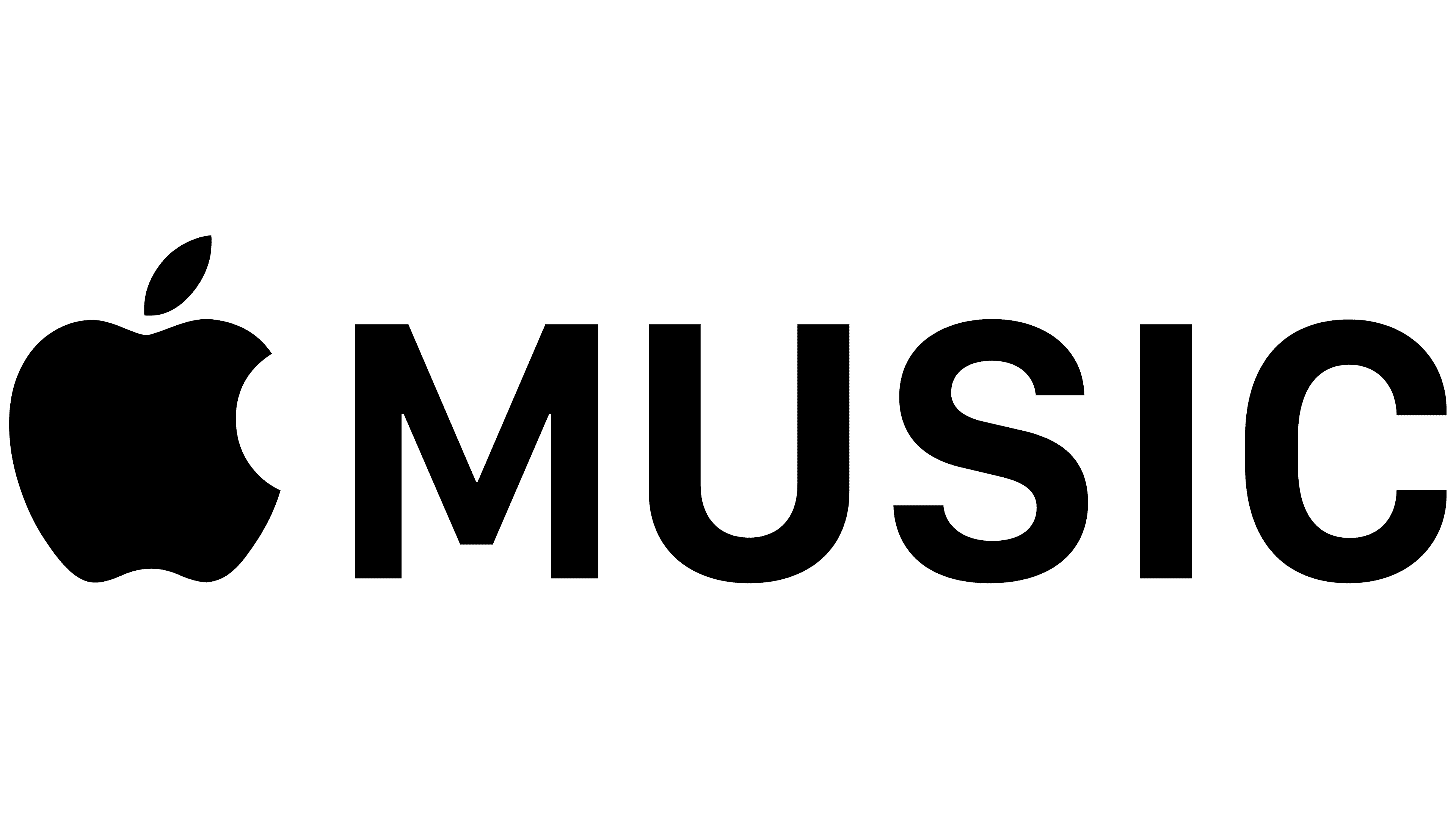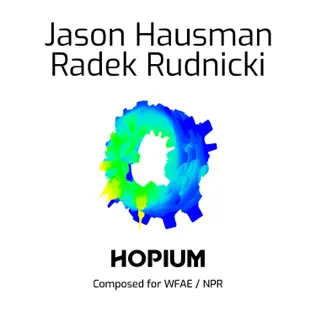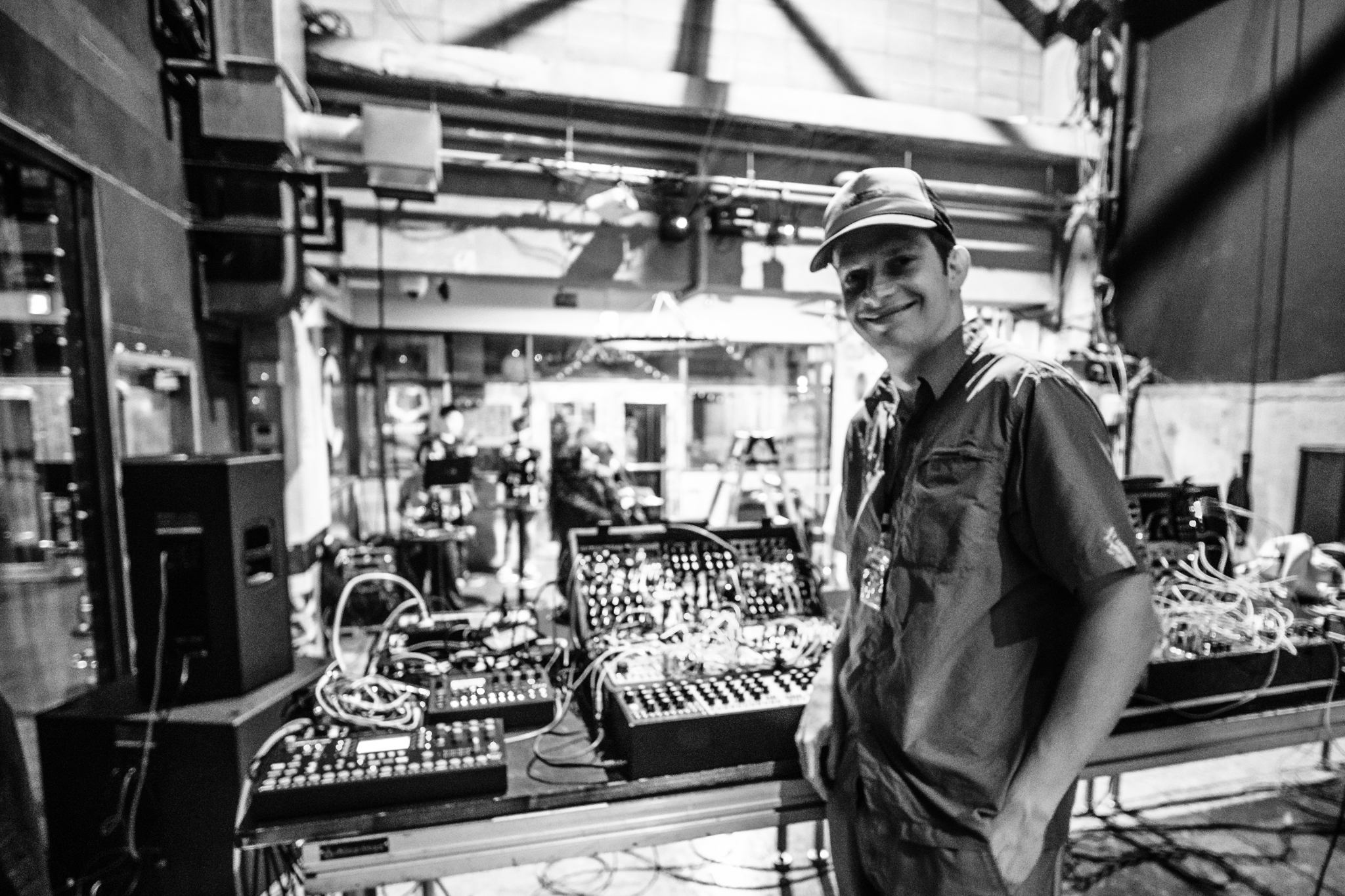
Radek Rudnicki
New media artist and sound designer focused on using spatial sound in multidisciplinary projects. Radek is working as a lead sound designer and music composer for Precyzja Foundation and director of Wave Folder Records. He manages and designs new media art projects. Radek supports product development and designs sound for a number of synth makers and Eurorack module manufacturers. He makes music for audiovisual media and game sound design. He collaborates with studios, visual and media artists creating new media works and audio-visual installations. Working with artists across cultures he creates new works linking traditional music and electronics.
In 2008 Radek has been shortlisted by SPNM (UK), as one of the most interesting emerging composers living in the UK. In 2013 announced Ambassador of Jazz in the North of England with the project Space F!ght, subsequently awarded touring funding by Sound and Music, UK in 2013. In 2014 received the Emerging Excellence Award and funded artist residencies at EMS Stockholm (2015-2022). In 2018 Fast Company named his project Careview among World Changing Ideas.
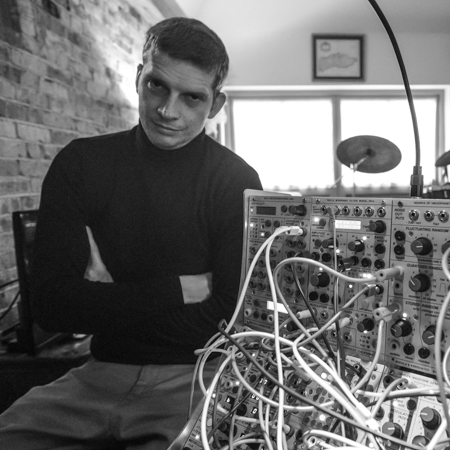
How did you start making music?
How did you start making music?
In the early 2000s I started exploring all kinds of music software available from Fruity Loops, Rebirth to Jaskola Buzz. I was amazed with possibilities from early on and really enjoyed making odd noises, edgy sounds and sounds i haven’t heard before. That really got me into sound design and experimental music.
(The photo in this background was taken in Shibuya during the Tokyo Festival of Modular. It is a mural of a character from the movie “Akira”).
What was your first synth?
What was your first synth?
As a kid, I had a Casio keyboard, but it wasn’t until I started making music later on that I got my hands on a Novation X-station. That got me hooked on sound design and using hardware machines. At the uni I got into semi modular and analog synths like EMS VCS3 which I really loved jamming on with other musicians playing acoustic instruments.


What is the first thing you do…
when approaching a new synth?
I typically check synthesis engines, filters and the feel of the synth, next I check a few presets if available, load my own samples if there’s any sampling involved, and start from the initial patch before moving forward. In general, I love using synths and modules in unconventional ways. For example, making rhythms and drums on ambient devices and creating chords or ambient sounds out of rhythmic machines. Iridium, for instance, is fantastic for generating ambient sounds and soundscapes, so I enjoy creating rhythmic material with it or processing and playing with drum loops or grooves.
What inspires your music?
What inspires your music?
My creative process varies depending on the day, project, and my current vibe. Sometimes, I’ll just switch on my synths and start jamming, which is a bit like meditation for me. Other times, I’ll seek out specific techniques that I’m interested in exploring. When I’m creating or working with visual content, designing sound that works with visuals is crucial in making an impact and inspiring the audience. I recently worked on a mixed media project for the Übersee-Museum Bremen that involved collaborating with poets from the Pacific Islands. Their work inspired and influenced the sounds and music that I created.
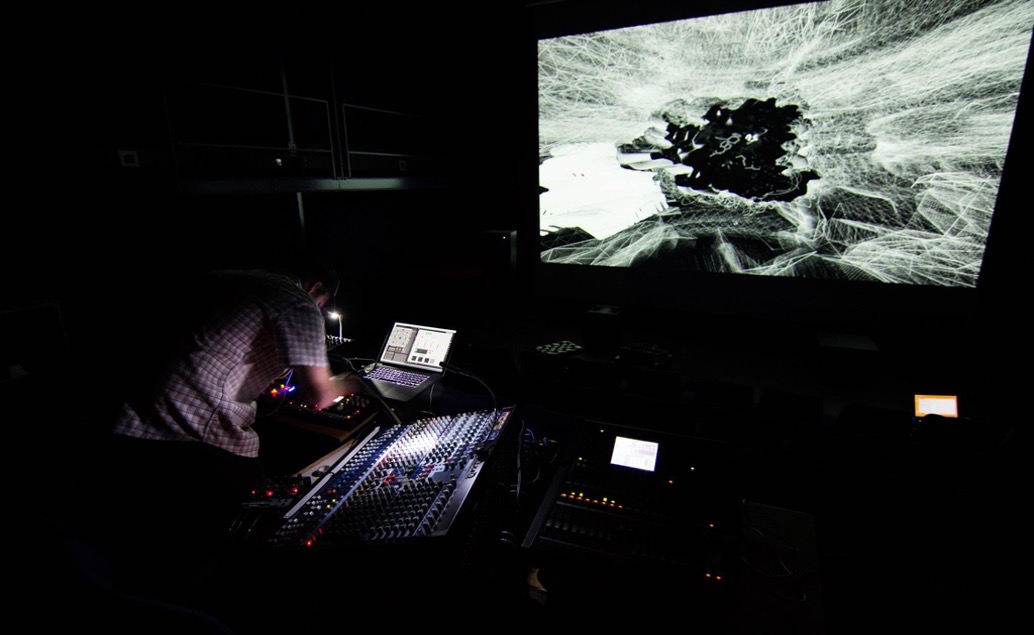

What is your favorite piece of gear…
What is your favorite piece of gear…
in your studio that is not a synth that you can’t do without?
in your studio that is not a synth that you can’t do without?
It’s probably my laptop M1 Max Macbook Pro. It is really powerful love using it for mixing, sound processing and simultaneously generating abstract visualisations in Max.
Presets or tweaking yourself?
Presets or tweaking yourself?
Actually I don’t use many synths with presets besides Iridium, Digitone and Buchla 200e. The Buchla system allows me to create patches as presets and sequence the entire modular setup, which is great for generative pieces. I usually patch my own sounds and dive deep into the process by using custom single cycle waveforms or samples generated with modular systems. I enjoy soldering modules DIY (tho have huge backlog :)) or creating my own custom firmware or sequencers using Pure data or Monome Teletype.
Although, I do like to explore the vast possibilities and patches available on Iridium, and there are heaps of inspiring patches created by other artists.
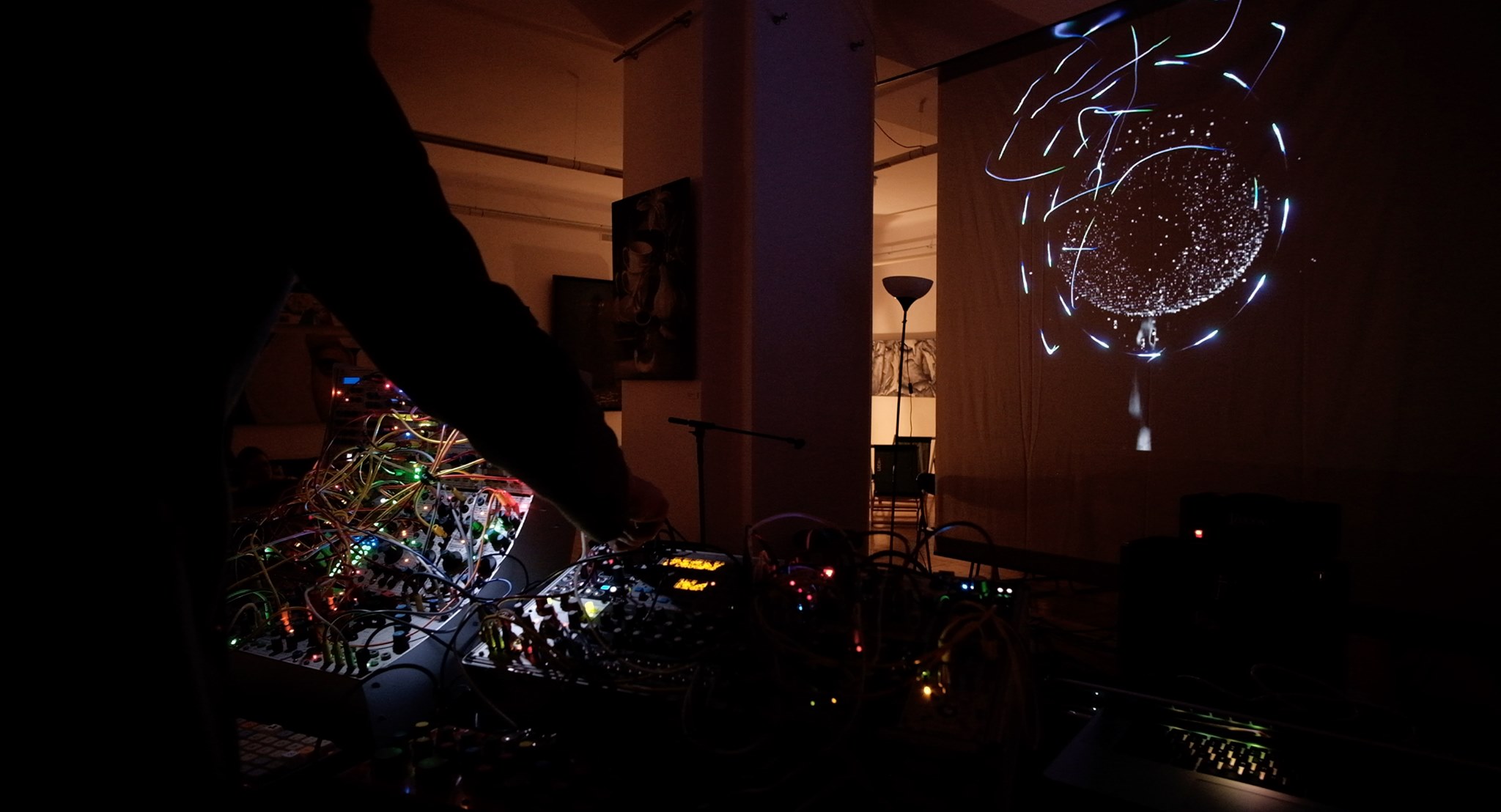
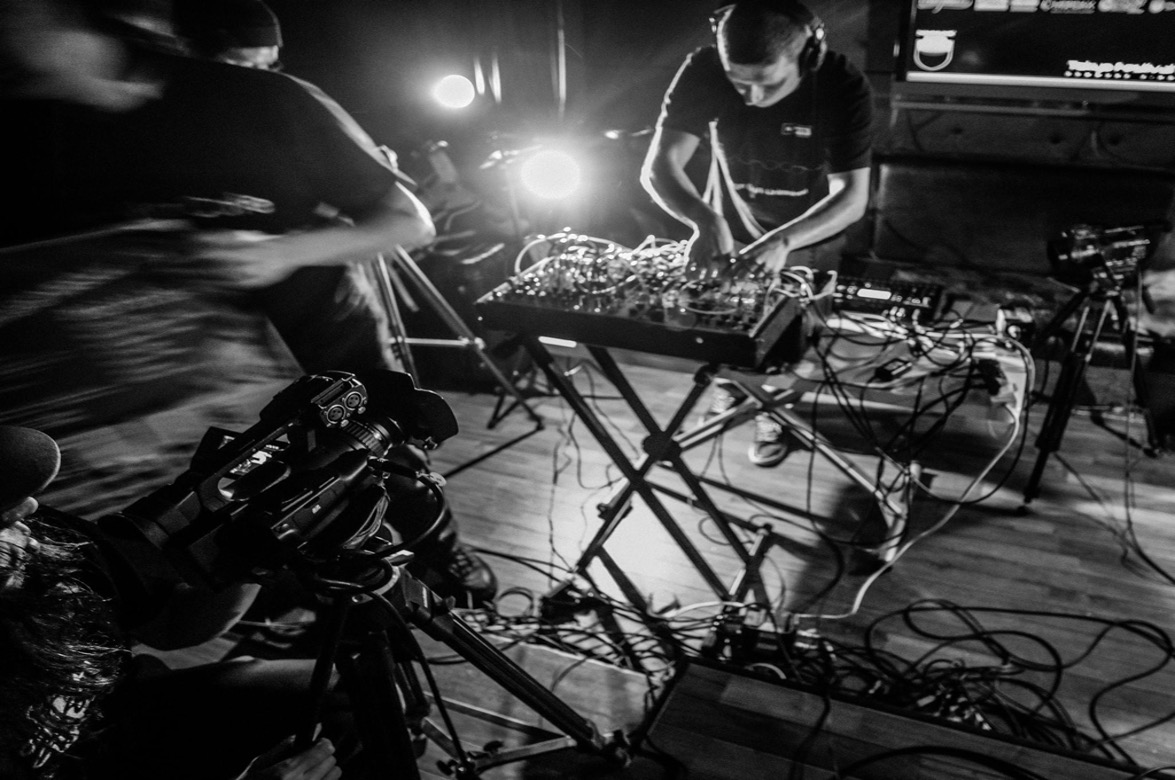
Production process:
Production process:
in-the-box or played live?
in-the-box or played live?
It depends on the project I’m working on, but for production, I tend to use a hybrid approach. I use hardware to generate sounds, and lately, I’ve been using Iridium the most. I then process the sounds through my Eurorack modules, such as Cwejman MMF2 filter, MBC3, and AJH modules, as well as the Midas console and the outboard Monster 2 tube compressor from Looptrotter. Finally, I mix and edit everything in Ableton Live. As for sequencing, it varies depending on the project. For the recent album I worked on with Jason Hausman creating jingles for NPR Radio, I used data sonification and Max8 to sequence and generate CV modulation. When working on audiovisual experiences in Unity or Decentraland SDK, I like to let the audience and players control the mixes or trigger sounds in an interactive way.
At which time of day or night…
At which time of day or night…
would we meet you most often in your studio?
would we meet you most often in your studio?
I work long hours in the studio, which means you can find me pretty much anytime. I work on projects from different time zones, but I especially enjoy working at night. For some reason, that’s when the inspiration really starts to flow. The feeling of satisfaction is amazing when I finally get to go to bed after a solid jam session or when I manage to get the sounds to work exactly as intended.
How does your live set-up look like?
How does your live set-up look like?
It’s changing and evolving over the years. It is also dependent on the project, band I played with or type of set or music I create. Big part of the output is actually the process of putting the setup together and deciding on concept, approach, aesthetics of sound, then selecting sound generators, sequencing and interface that will get me there. I haven’t played recently in venues but streamed from my studio. In my most recent sets I used Elektron Rytm and 12U of Eurorack with sampled jams in granular sampler modules, wavetable oscillators and effects. This gives me flexibility in creating or quickly loading new rhythmic sections, beats or going full ambient or texture mode or morphing between the two :)
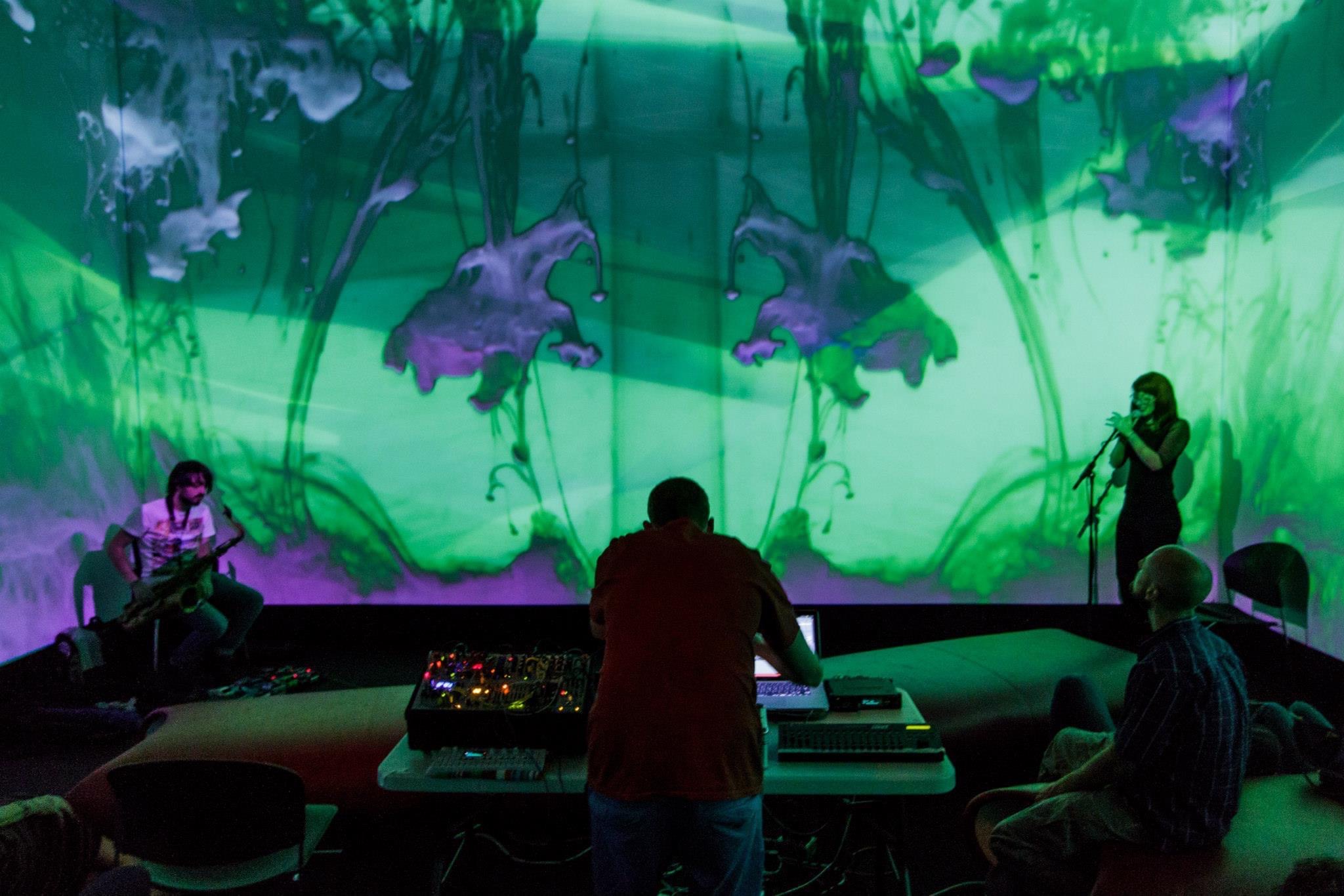
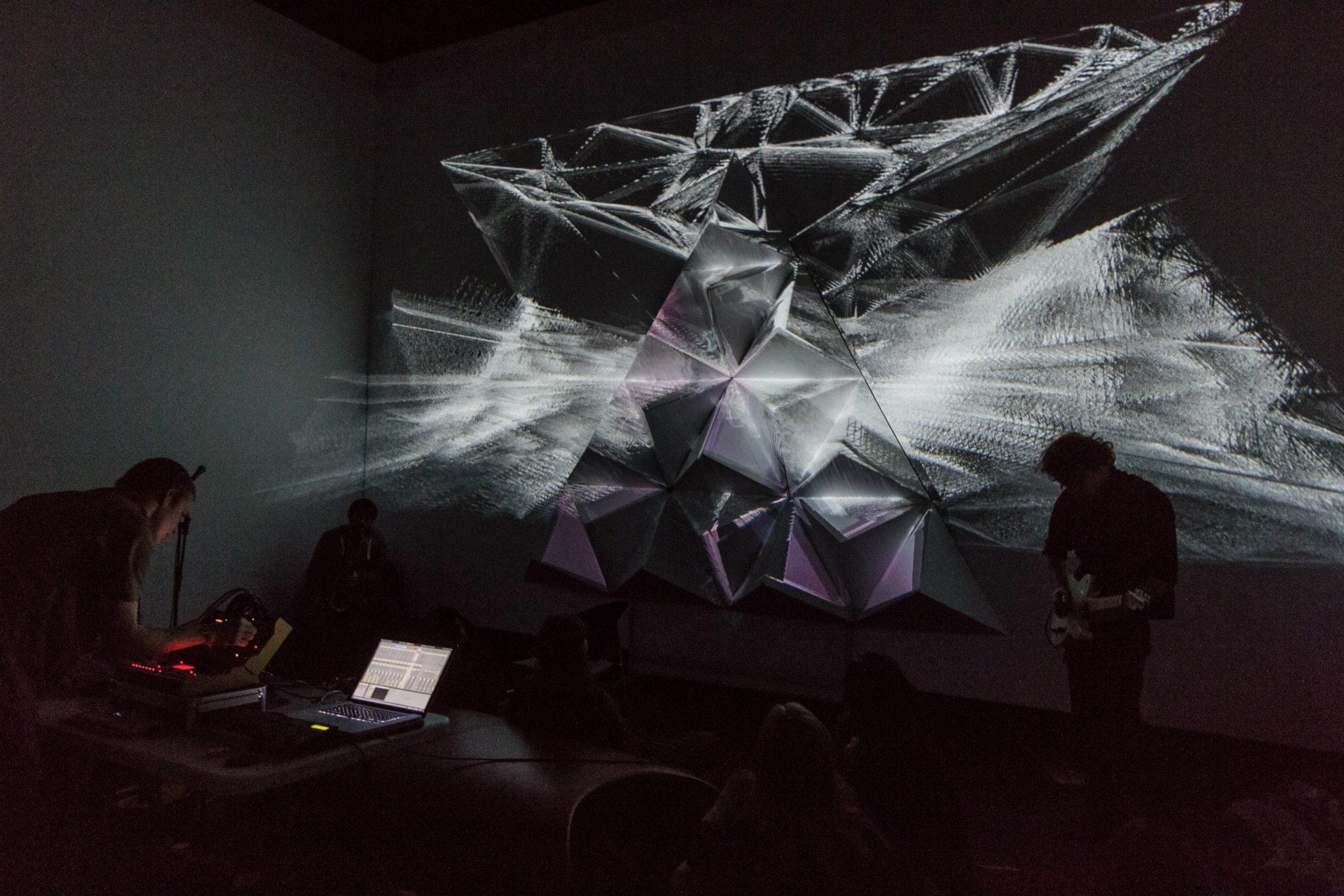
Which role do Waldorf synths play in your music?
Which role do Waldorf synths play in your music?
Honestly, I mainly use Iridium for my sound design and composition work at the moment. It has completely changed my approach. The synth engines and sounds available are really diverse, and the interface is super fast, making it a real pleasure to work with. Before I got my hands on Iridium, I was using modular setups for about 90% of my sound creation. Now, I generate sounds with Iridium, load modular samples if needed and then process output through my modular gear, outboard gear, and guitar pedals.
On what projects are you currently working on?
For the past two years, I have been heavily involved in web3 and metaverse projects, working on sound design and composition for interactive spaces, audiovisual experiences, and audiovisual art. Working with brands such as Samsung and experimental NFT projects, I create both visual aspects and sound in an immersive 3D space. I love the flexibility in programming audio and the use of spatial sound in platforms like Unity, and how it translates to the user. It’s like having an additional modulator and giving it to the players, whether it’s for generating beats, creating generative soundscapes, or actually controlling the dry/wet sounds in spaces.
I find using game engines to be a breath of fresh air for my workflow compared to making sound installations or playing gigs in places where acoustics are not optimal. In these metaverse environments, I can put as many speakers and sound sources as I need, and place them exactly where I want, even spinning them around. One can get really interesting results. The audience is also enjoying it, and since metaverse and NFT media are so new and unexplored, it’s like a blank canvas primed for experimentation.
Here Radek is testing Rytm patterns from his recent open source album Re: conet_c.
https://wavefolder.bandcamp.com/album/re-conet-c
He has added a layer of drum loops loaded on Iridium particle oscillator, which is awesome for turning rhythms into drones and soundscapes. Cwejman BLD2 is triggered by Rytm’s BT output and all three devices are going through Looptrotter SATUR 8/24 for additional saturation providing clearer mix.
I-go-i-e is a compilation project involving 18 artists across-cultures. It contains sonic metaphors and ways of preserving, reflecting upon, and using culture as a sound source. Buddhist chants and ancient instruments from Japan serve here as a case study, highlighting the relationships between technology, tradition, and culture.
Album: https://wavefolder.bandcamp.com/album/i-go-i-e
Video footage contains documentation of recording sessions held in temples in Kyoto and is mixed with audio-visual live performances (Tokyo Festival of Modular, Japan and Echosonda, Poland).
Kyokuyo Okada – biwa, chants; Shouei Mitsmizo – chants, gongs; Shinga Kishino, Ryojun Kishino from Ekouji temple – chants, gongs
Precyzja Foundation / Jakub Hader – generative visuals, lasers
Radek Rudnicki – composition and sound design.
Radek works along conceptual lines, and specializes in interactive multimedia performances. In an audiovisual duo with video and media artist Jakub Hader, he combines his electro-acoustic improvisations with 3D video mapping.
Follow Radek:
Radek Rudnicki
New media artist and sound designer focused on using spatial sound in multidisciplinary projects. Radek is working as a lead sound designer and music composer for Precyzja Foundation and director of Wave Folder Records. He manages and designs new media art projects. Radek supports product development and designs sound for a number of synth makers and Eurorack module manufacturers. He makes music for audiovisual media and game sound design. He collaborates with studios, visual and media artists creating new media works and audio-visual installations. Working with artists across cultures he creates new works linking traditional music and electronics.

In 2008 Radek has been shortlisted by SPNM (UK), as one of the most interesting emerging composers living in the UK. In 2013 announced Ambassador of Jazz in the North of England with the project Space F!ght, subsequently awarded touring funding by Sound and Music, UK in 2013. In 2014 received the Emerging Excellence Award and funded artist residencies at EMS Stockholm (2015-2022). In 2018 Fast Company named his project Careview among World Changing Ideas.

How did you start making music?
How did you start making music?
In the early 2000s I started exploring all kinds of music software available from Fruity Loops, Rebirth to Jaskola Buzz. I was amazed with possibilities from early on and really enjoyed making odd noises, edgy sounds and sounds i haven’t heard before. That really got me into sound design and experimental music.

(This photo was taken in Shibuya during the Tokyo Festival of Modular.
It is a mural of a character from the movie “Akira”).
What was your first synth?
What was your first synth?
As a kid, I had a Casio keyboard, but it wasn’t until I started making music later on that I got my hands on a Novation X-station. That got me hooked on sound design and using hardware machines. At the uni I got into semi modular and analog synths like EMS VCS3 which I really loved jamming on with other musicians playing acoustic instruments.

What is the first thing you do…
What is the first thing you do…
with it when approaching a new synth?
with it when approaching a new synth?
I typically check synthesis engines, filters and the feel of the synth, next I check a few presets if available, load my own samples if there’s any sampling involved, and start from the initial patch before moving forward. In general, I love using synths and modules in unconventional ways. For example, making rhythms and drums on ambient devices and creating chords or ambient sounds out of rhythmic machines. Iridium, for instance, is fantastic for generating ambient sounds and soundscapes, so I enjoy creating rhythmic material with it or processing and playing with drum loops or grooves.

What inspires your music?
What inspires your music?
My creative process varies depending on the day, project, and my current vibe. Sometimes, I’ll just switch on my synths and start jamming, which is a bit like meditation for me. Other times, I’ll seek out specific techniques that I’m interested in exploring. When I’m creating or working with visual content, designing sound that works with visuals is crucial in making an impact and inspiring the audience. I recently worked on a mixed media project for the Übersee-Museum Bremen that involved collaborating with poets from the Pacific Islands. Their work inspired and influenced the sounds and music that I created.

What is your favorite piece of gear…
What is your favorite piece of gear…
in your studio that is not a synth that you can’t do without?
in your studio that is not a synth that you can’t do without?
It’s probably my laptop M1 Max Macbook Pro. It is really powerful love using it for mixing, sound processing and simultaneously generating abstract vizualisations in Max.

Presets or tweaking yourself?
Presets or tweaking yourself?
Actually I don’t use many synths with presets besides Iridium, Digitone and Buchla 200e. The Buchla system allows me to create patches as presets and sequence the entire modular setup, which is great for generative pieces. I usually patch my own sounds and dive deep into the process by using custom single cycle waveforms or samples generated with modular systems. I enjoy soldering modules DIY (tho have huge backlog :)) or creating my own custom firmware or sequencers using Pure data or Monome Teletype.
Although, I do like to explore the vast possibilities and patches available on Iridium, and there are heaps of inspiring patches created by other artists.

What is your production process:
What is your production process:
in-the-box or played live?
in-the-box or played live?
It depends on the project I’m working on, but for production, I tend to use a hybrid approach. I use hardware to generate sounds, and lately, I’ve been using Iridium the most. I then process the sounds through my Eurorack modules, such as Cwejman MMF2 filter, MBC3, and AJH modules, as well as the Midas console and the outboard Monster 2 tube compressor from Looptrotter. Finally, I mix and edit everything in Ableton Live.
As for sequencing, it varies depending on the project. For the recent album I worked on with Jason Hausman creating jingles for NPR Radio, I used data sonification and Max8 to sequence and generate CV modulation. When working on audiovisual experiences in Unity or Decentraland SDK, I like to let the audience and players control the mixes or trigger sounds in an interactive way.

At which time of day or night…
At which time of day or night…
would we meet you most often in your studio?
would we meet you most often in your studio?
I work long hours in the studio, which means you can find me pretty much anytime. I work on projects from different time zones, but I especially enjoy working at night. For some reason, that’s when the inspiration really starts to flow. The feeling of satisfaction is amazing when I finally get to go to bed after a solid jam session or when I manage to get the sounds to work exactly as intended.
How does your live set-up look like?
It’s changing and evolving over the years. It is also dependent on the project, band I played with or type of set or music I create. Big part of the output is actually the process of putting the setup together and deciding on concept, approach, aesthetics of sound, then selecting sound generators, sequencing and interface that will get me there. I haven’t played recently in venues but streamed from my studio. In my most recent sets I used Elektron Rytm and 12U of Eurorack with sampled jams in granular sampler modules, wavetable oscillators and effects. This gives me flexibility in creating or quickly loading new rhythmic sections, beats or going full ambient or texture mode or morphing between the two :)
Which role do Waldorf synths play in your music?
Which role do Waldorf synths play in your music?
Honestly, I mainly use Iridium for my sound design and composition work at the moment. It has completely changed my approach. The synth engines and sounds available are really diverse, and the interface is super fast, making it a real pleasure to work with. Before I got my hands on Iridium, I was using modular setups for about 90% of my sound creation. Now, I generate sounds with Iridium, load modular samples if needed and then process output through my modular gear, outboard gear, and guitar pedals.
On what projects are you currently working on?
For the past two years, I have been heavily involved in web3 and metaverse projects, working on sound design and composition for interactive spaces, audiovisual experiences, and audiovisual art. Working with brands such as Samsung and experimental NFT projects, I create both visual aspects and sound in an immersive 3D space. I love the flexibility in programming audio and the use of spatial sound in platforms like Unity, and how it translates to the user. It’s like having an additional modulator and giving it to the players, whether it’s for generating beats, creating generative soundscapes, or actually controlling the dry/wet sounds in spaces.
I find using game engines to be a breath of fresh air for my workflow compared to making sound installations or playing gigs in places where acoustics are not optimal. In these metaverse environments, I can put as many speakers and sound sources as I need, and place them exactly where I want, even spinning them around. One can get really interesting results. The audience is also enjoying it, and since metaverse and NFT media are so new and unexplored, it’s like a blank canvas primed for experimentation.
Here Radek is testing Rytm patterns from his recent open source album Re: conet_c.
https://wavefolder.bandcamp.com/album/re-conet-c
He has added a layer of drum loops loaded on Iridium particle oscillator, which is awesome for turning rhythms into drones and soundscapes. Cwejman BLD2 is triggered by Rytm’s BT output and all three devices are going through Looptrotter SATUR 8/24 for additional saturation providing clearer mix.
I-go-i-e is a compilation project involving 18 artists across-cultures. It contains sonic metaphors and ways of preserving, reflecting upon, and using culture as a sound source. Buddhist chants and ancient instruments from Japan serve here as a case study, highlighting the relationships between technology, tradition, and culture.
Album: https://wavefolder.bandcamp.com/album/i-go-i-e
Video footage contains documentation of recording sessions held in temples in Kyoto and is mixed with audio-visual live performances (Tokyo Festival of Modular, Japan and Echosonda, Poland).
Kyokuyo Okada – biwa, chants; Shouei Mitsmizo – chants, gongs; Shinga Kishino, Ryojun Kishino from Ekouji temple – chants, gongs
Precyzja Foundation / Jakub Hader – generative visuals, lasers
Radek Rudnicki – composition and sound design.
Radek works along conceptual lines, and specializes in interactive multimedia performances. In an audiovisual duo with video and media artist Jakub Hader, he combines his electro-acoustic improvisations with 3D video mapping.
Follow Radek:
Radek Rudnicki
New media artist and sound designer focused on using spatial sound in multidisciplinary projects. Radek is working as a lead sound designer and music composer for Precyzja Foundation and director of Wave Folder Records. He manages and designs new media art projects. Radek supports product development and designs sound for a number of synth makers and Eurorack module manufacturers. He makes music for audiovisual media and game sound design. He collaborates with studios, visual and media artists creating new media works and audio-visual installations. Working with artists across cultures he creates new works linking traditional music and electronics.

In 2008 Radek has been shortlisted by SPNM (UK), as one of the most interesting emerging composers living in the UK. In 2013 announced Ambassador of Jazz in the North of England with the project Space F!ght, subsequently awarded touring funding by Sound and Music, UK in 2013. In 2014 received the Emerging Excellence Award and funded artist residencies at EMS Stockholm (2015-2022). In 2018 Fast Company named his project Careview among World Changing Ideas.

How did you start making music?
How did you start making music?
In the early 2000s I started exploring all kinds of music software available from Fruity Loops, Rebirth to Jaskola Buzz. I was amazed with possibilities from early on and really enjoyed making odd noises, edgy sounds and sounds i haven’t heard before. That really got me into sound design and experimental music.

(This photo was taken in Shibuya during the Tokyo Festival of Modular. It is a mural of a character from the movie “Akira”).
What was your first synth?
What was your first synth?
As a kid, I had a Casio keyboard, but it wasn’t until I started making music later on that I got my hands on a Novation X-station. That got me hooked on sound design and using hardware machines. At the uni I got into semi modular and analog synths like EMS VCS3 which I really loved jamming on with other musicians playing acoustic instruments.
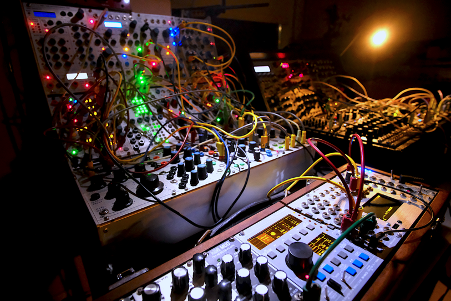
What is the first thing you do…
with it when approaching a new synth?
I typically check synthesis engines, filters and the feel of the synth, next I check a few presets if available, load my own samples if there’s any sampling involved, and start from the initial patch before moving forward. In general, I love using synths and modules in unconventional ways. For example, making rhythms and drums on ambient devices and creating chords or ambient sounds out of rhythmic machines. Iridium, for instance, is fantastic for generating ambient sounds and soundscapes, so I enjoy creating rhythmic material with it or processing and playing with drum loops or grooves.
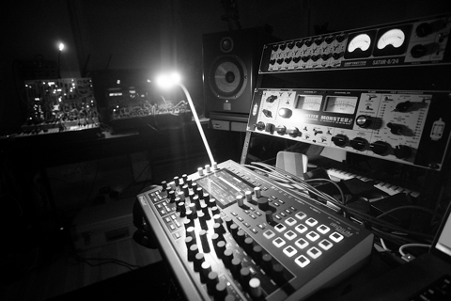
What inspires your music?
What inspires your music?
My creative process varies depending on the day, project, and my current vibe. Sometimes, I’ll just switch on my synths and start jamming, which is a bit like meditation for me. Other times, I’ll seek out specific techniques that I’m interested in exploring. When I’m creating or working with visual content, designing sound that works with visuals is crucial in making an impact and inspiring the audience. I recently worked on a mixed media project for the Übersee-Museum Bremen that involved collaborating with poets from the Pacific Islands. Their work inspired and influenced the sounds and music that I created.

What is your favorite
piece of gear…
piece of gear…
in your studio that is not a synth that you can’t do without?
It’s probably my laptop M1 Max Macbook Pro. It is really powerful love using it for mixing, sound processing and simultaneously generating abstract vizualisations in Max.

Presets or tweaking yourself?
Presets or tweaking yourself?
Actually I don’t use many synths with presets besides Iridium, Digitone and Buchla 200e. The Buchla system allows me to create patches as presets and sequence the entire modular setup, which is great for generative pieces. I usually patch my own sounds and dive deep into the process by using custom single cycle waveforms or samples generated with modular systems. I enjoy soldering modules DIY (tho have huge backlog :)) or creating my own custom firmware or sequencers using Pure data or Monome Teletype.
Although, I do like to explore the vast possibilities and patches available on Iridium, and there are heaps of inspiring patches created by other artists.

What is your
production process:
production process:
in-the-box or played live?
It depends on the project I’m working on, but for production, I tend to use a hybrid approach. I use hardware to generate sounds, and lately, I’ve been using Iridium the most. I then process the sounds through my Eurorack modules, such as Cwejman MMF2 filter, MBC3, and AJH modules, as well as the Midas console and the outboard Monster 2 tube compressor from Looptrotter. Finally, I mix and edit everything in Ableton Live.
As for sequencing, it varies depending on the project. For the recent album I worked on with Jason Hausman creating jingles for NPR Radio, I used data sonification and Max8 to sequence and generate CV modulation. When working on audiovisual experiences in Unity or Decentraland SDK, I like to let the audience and players control the mixes or trigger sounds in an interactive way.

At which time of
day or night…
day or night…
would we meet you most often in your studio?
I work long hours in the studio, which means you can find me pretty much anytime. I work on projects from different time zones, but I especially enjoy working at night. For some reason, that’s when the inspiration really starts to flow. The feeling of satisfaction is amazing when I finally get to go to bed after a solid jam session or when I manage to get the sounds to work exactly as intended.
How does your live
set-up look like?
set-up look like?
It’s changing and evolving over the years. It is also dependent on the project, band I played with or type of set or music I create. Big part of the output is actually the process of putting the setup together and deciding on concept, approach, aesthetics of sound, then selecting sound generators, sequencing and interface that will get me there. I haven’t played recently in venues but streamed from my studio. In my most recent sets I used Elektron Rytm and 12U of Eurorack with sampled jams in granular sampler modules, wavetable oscillators and effects. This gives me flexibility in creating or quickly loading new rhythmic sections, beats or going full ambient or texture mode or morphing between the two :)
Which role do Waldorf synths
play in your music?
play in your music?
Honestly, I mainly use Iridium for my sound design and composition work at the moment. It has completely changed my approach. The synth engines and sounds available are really diverse, and the interface is super fast, making it a real pleasure to work with. Before I got my hands on Iridium, I was using modular setups for about 90% of my sound creation. Now, I generate sounds with Iridium, load modular samples if needed and then process output through my modular gear, outboard gear, and guitar pedals.
On what projects are you currently working on?
For the past two years, I have been heavily involved in web3 and metaverse projects, working on sound design and composition for interactive spaces, audiovisual experiences, and audiovisual art. Working with brands such as Samsung and experimental NFT projects, I create both visual aspects and sound in an immersive 3D space. I love the flexibility in programming audio and the use of spatial sound in platforms like Unity, and how it translates to the user. It’s like having an additional modulator and giving it to the players, whether it’s for generating beats, creating generative soundscapes, or actually controlling the dry/wet sounds in spaces.
I find using game engines to be a breath of fresh air for my workflow compared to making sound installations or playing gigs in places where acoustics are not optimal. In these metaverse environments, I can put as many speakers and sound sources as I need, and place them exactly where I want, even spinning them around. One can get really interesting results. The audience is also enjoying it, and since metaverse and NFT media are so new and unexplored, it’s like a blank canvas primed for experimentation.
Here Radek is testing Rytm patterns from his recent open source album Re: conet_c.
https://wavefolder.bandcamp.com/album/re-conet-c
He has added a layer of drum loops loaded on Iridium particle oscillator, which is awesome for turning rhythms into drones and soundscapes. Cwejman BLD2 is triggered by Rytm’s BT output and all three devices are going through Looptrotter SATUR 8/24 for additional saturation providing clearer mix.
I-go-i-e is a compilation project involving 18 artists across-cultures. It contains sonic metaphors and ways of preserving, reflecting upon, and using culture as a sound source. Buddhist chants and ancient instruments from Japan serve here as a case study, highlighting the relationships between technology, tradition, and culture.
Album: https://wavefolder.bandcamp.com/album/i-go-i-e
Video footage contains documentation of recording sessions held in temples in Kyoto and is mixed with audio-visual live performances (Tokyo Festival of Modular, Japan and Echosonda, Poland).
Kyokuyo Okada – biwa, chants; Shouei Mitsmizo – chants, gongs; Shinga Kishino, Ryojun Kishino from Ekouji temple – chants, gongs
Precyzja Foundation / Jakub Hader – generative visuals, lasers
Radek Rudnicki – composition and sound design.
Radek works along conceptual lines, and specializes in interactive multimedia performances. In an audiovisual duo with video and media artist Jakub Hader, he combines his electro-acoustic improvisations with 3D video mapping.

